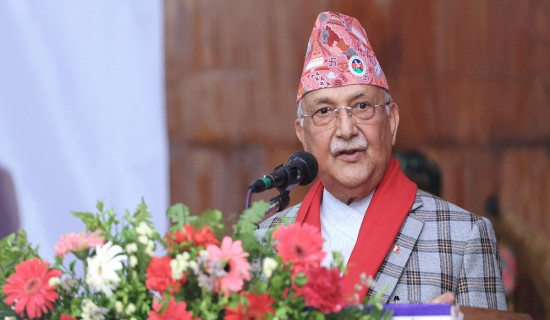- Friday, 18 April 2025
Youth at the Helm: How Gen Z is Redefining Climate Action
Diwas Amgai
Data from Nepal’s Department of Environment shows that Kathmandu’s Air Quality Index (AQI) exceeds hazardous levels on 80% of days in 2025 so far, with PM2.5 levels reaching 348 micrograms per cubic meter (µg/m³) on April 4, 2025, which is 70 times the World Health Organization's (WHO) recommended safe limit of 5 µg/m³. Wildfires blaze through the hills, construction sites raise dust, and traffic fumes smother the valley, resulting in Kathmandu being named the world’s most polluted city this month. Unlike previous generations, Gen Z has grown up with climate warnings not as future concerns, but as present crises. We check air quality before walking outside, carry masks not just for viruses but for smog, and see environmental anxiety shaping our choices and health. For Gen Z kids like me, this is more than a headline; it’s our reality. But globally, we’re not standing still. Around the world and right here, youth are taking charge, and we’re in the fight.
Globally, Gen Zs are making waves. Take the Sunrise Movement in the United States, for example. In 2024, they reached out to 344,437 young voters, knocking on doors and making calls across swing states like Pennsylvania, Michigan, Arizona, and North Carolina. They were pushing for bold climate policies, stuff like big investments in renewable energy, cutting fossil fuel reliance, and creating green jobs through ideas like the Green New Deal. Their work helped secure the Inflation Reduction Act back in 2022, funneling $369 billion into clean energy, which is the biggest climate investment ever. Gen Z’s aren’t old-school activists with megaphones. They’re organizers and strategists, but mainly kids who know that a unified effort matters as much as marching. Across the Atlantic, Fridays for Future, the youth-led climate movement started by Greta Thunberg in 2018 to demand action on global warming, keeps the pressure on. It’s still going strong in 2025. Every Friday, students skip school in cities like London, Berlin, and Stockholm as part of a global push spanning over 150 countries, including all 27 EU nations, to demand net-zero emissions by 2050. In Germany alone, over 1.4 million joined strikes in 2019, and the numbers haven’t faded much; hundreds of thousands took to the streets in 2024, per local reports. They are forcing governments to listen. These youths aren’t asking for change; they’re making it impossible to ignore. In India, the Youth4Water campaign’s 5,000 volunteers are teaching water conservation and sanitation in Odisha’s colleges. Pakistan’s GreenSquad, started by Fahad Rizwan in 2017, plants trees in Karachi and recycles plastic, turning waste into jobs. Malaysia’s YELL program trains kids to pitch climate fixes to their government, linking them with experts who scale ideas.
Nepal’s youth are also at the center of this global action, actively working to preserve the environment. In 2024, the British Council, in partnership with the Association of Youth Organizations in Nepal (AYON), trained 72 young influencers from Bagmati, Gandaki, and Sudurpaschim provinces in youth leadership for climate action. One notable project took place in Kathekhola Rural Municipality, Gandaki Province, where a young woman used her grant to launch a homemade sanitary pad-making initiative. She trained 30 local women, including government officials, health post staff, and volunteers, to produce reusable sanitary pads, reducing waste from commercial pads and raising awareness about pollution’s health risks, particularly its impact on menstrual health.
Just last month, my friends in Kathmandu organized a cleanliness campaign in Thamel, a bustling tourist hub, to tackle pollution. In just two hours, they collected five sacks of trash—mostly plastic bottles, food wrappers, and debris. By focusing on Thamel, they aimed to raise awareness among locals and tourists alike, showing how small, collective actions can reduce the waste that exacerbates flooding and health risks in Kathmandu, where 3 million people live amidst the river’s stench and degradation.
The Nepali Youth for Climate Action (NYCA), founded in 2008, has grown into a powerful youth-led force confronting climate change head-on, with initiatives that ripple across Nepal and beyond. By 2010, they said they had planted 100,000 trees nationwide, a staggering effort to combat deforestation and carbon emissions in a country where forest cover is vital to both ecology and livelihoods. Beyond tree-planting, NYCA has tirelessly lobbied national policymakers for greener regulations, amplifying youth voices in climate adaptation and mitigation strategies. Their advocacy has not only helped shape Nepal’s National Adaptation Programme of Action (NAPA), pushing for local-level investments like irrigation and forest conservation that have bolstered community resilience. These steps are small, but they’re steadily paving the way for long-term climate resilience.
What else can we do here? Nepal’s youth can drive impactful change through three key avenues: urban reforestation, improved waste management, and solar energy adoption. One effective strategy is tree planting in high-traffic urban zones to reduce air pollution and increase green cover. For example, winners of Nepal’s Green Idea Cup planted 1,000 trees along Kathmandu’s roads in 2012, demonstrating how even localized efforts can bring environmental benefits. By mobilizing communities to plant trees in high-traffic areas, Nepal’s youth can help reduce the 42,000 annual deaths linked to air pollution, as reported by the 2021 State of Global Air report, while creating cooler, greener urban spaces.
Another critical area is waste segregation. Despite 90% of Kathmandu’s 1,200 daily metric tons of trash being recyclable, only 30% of households sort their waste, according to Volunteers Initiative Nepal. Inspired by India’s Swachhata Didis, Nepalese youth could launch door-to-door awareness campaigns to teach households how to separate waste and compost organics. This would reduce landfill pressure, prevent waste from flowing into the Bagmati River, and address health issues like respiratory problems, which affect 1 in 5 children in the Valley (UNICEF, 2023).
Finally, youth can lead the charge in accelerating solar energy adoption. With Nepal receiving over 300 sunny days annually (Alternative Energy Promotion Centre), rooftop solar panels are a viable solution to reduce dependence on coal. A pilot project in Patan’s Ward 17—where traditional houses could benefit from clean, renewable energy—would showcase the feasibility and long-term benefits of solar power, including improved air quality during winter months when PM2.5 levels often exceed 100 µg/m³ (IQAir, 2024). By championing these ideas, Nepal’s youth can drive sustainable change where it’s needed most.
The signs are all around us. The air we breathe is thick with smoke, our rivers are choked with waste, and our health is paying the price. But through all of this, one thing is becoming clear. Young people are not waiting for change; we are creating it. From small community cleanups to national campaigns, Gen Z is stepping up with real solutions and a sense of urgency that the world can no longer afford to ignore. This is not just about protecting the planet. It is about protecting our future, and we are ready to lead that fight.
(Amgai is a student at KMC)


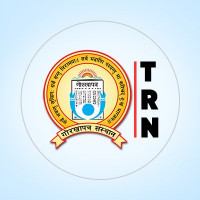
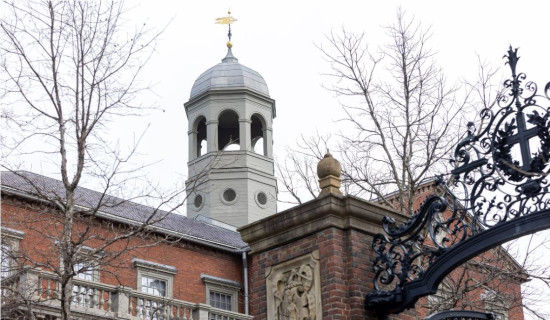
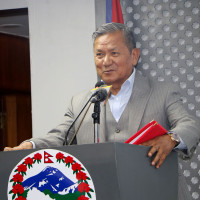
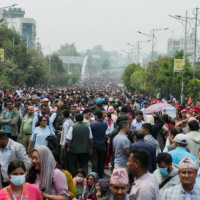
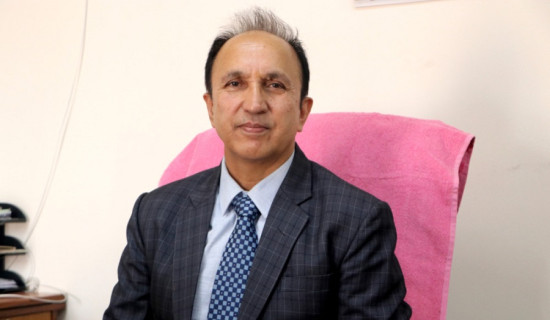
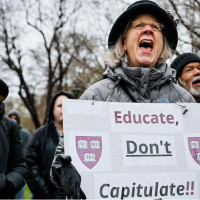
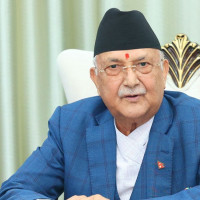





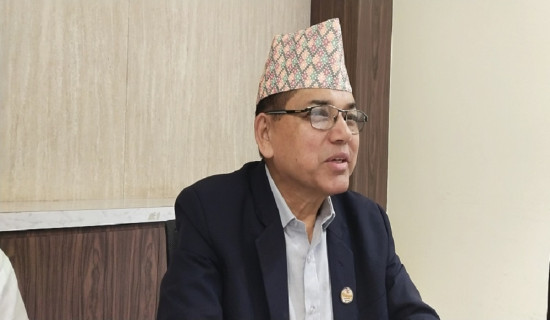
-original-thumb.jpg)

